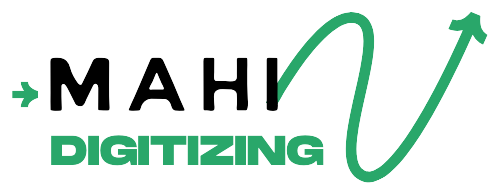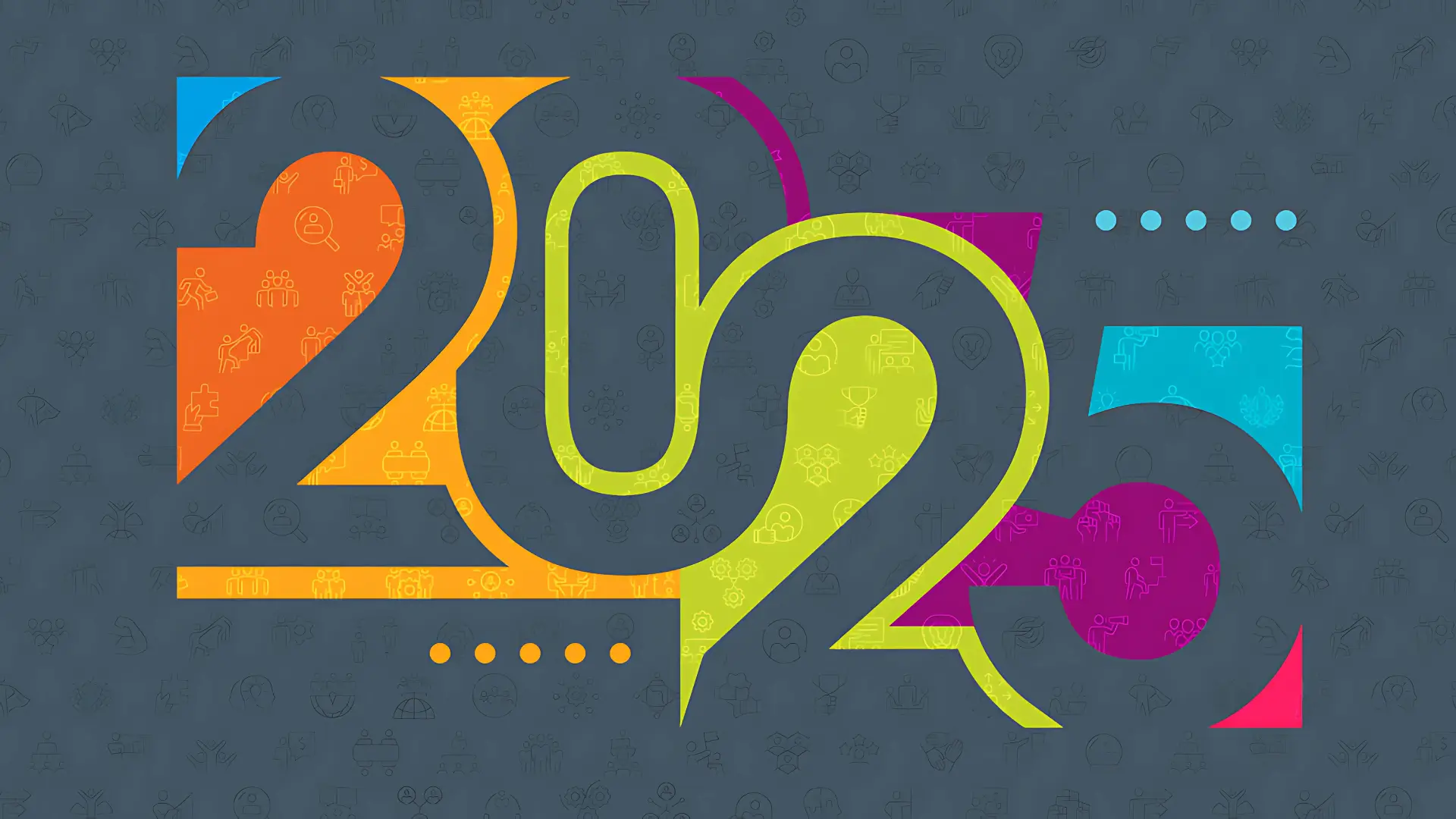Image vectorization is evolving rapidly, with new trends enhancing precision, scalability, and automation. As technology advances, businesses and designers must stay updated on the latest techniques. This article explores the most significant vectorization trends shaping 2025.
AI-Powered Vectorization for Precision
Artificial intelligence is transforming the vectorization process by enhancing accuracy and efficiency. AI-powered tools can now analyze images in real-time, automatically identifying key shapes and details with minimal manual input.
These advanced AI algorithms eliminate imperfections in raster images, ensuring smooth, high-quality vector conversions. This trend benefits graphic designers, branding experts, and businesses seeking scalable visuals without compromising detail.
Companies looking to leverage AI for vectorization can explore Mahi Digitizing’s vector conversion services for high-precision results.
Automation in Vector Art Creation
The rise of automation tools in vector art creation is revolutionizing digital design. Designers can now use intelligent software to convert complex images into vectors with minimal effort, reducing manual workload significantly.
Automation also ensures consistency across different designs, making it ideal for businesses that require branding elements like logos, icons, and digital illustrations. This streamlining of workflows allows for faster production without sacrificing quality.
For businesses looking to optimize their vector design process, Adobe Illustrator and other automation tools provide excellent solutions.
High-Resolution and Scalable Vector Graphics
As screen resolutions and printing technologies improve, the demand for high-resolution and scalable vector graphics continues to rise. Designers now focus on creating vectors that maintain sharpness and clarity at any size.
This trend is particularly crucial for industries like branding, apparel printing, and digital marketing, where vector graphics must look crisp on everything from billboards to business cards. Optimizing vector quality ensures a professional and polished visual appeal.
Businesses that require ultra-sharp vector graphics can benefit from professional vectorization services at Mahi Digitizing.
3D Vectorization for Enhanced Graphics
3D vectorization is gaining popularity, allowing designers to create dynamic, layered visuals with depth and perspective. This technique is widely used in gaming, animations, and digital illustrations to create lifelike effects.
By converting 2D images into 3D vector graphics, designers can bring their artwork to life while maintaining scalability. This approach enhances user engagement in marketing campaigns, product design, and virtual experiences.
Professionals looking to experiment with 3D vectorization can explore tools like Blender or consult Mahi Digitizing for custom vector solutions.
Cloud-Based Collaboration in Vector Design
Cloud-based vector design tools are revolutionizing the way teams collaborate on projects. Platforms like Adobe Creative Cloud and CorelDRAW enable real-time editing, file sharing, and seamless integration across multiple devices.
This trend is particularly useful for remote teams and businesses managing large-scale design projects. It allows designers to work from anywhere while ensuring file security and version control for streamlined workflows.
Businesses seeking cloud-based vector solutions can check out CorelDRAW for advanced online vector editing tools.

